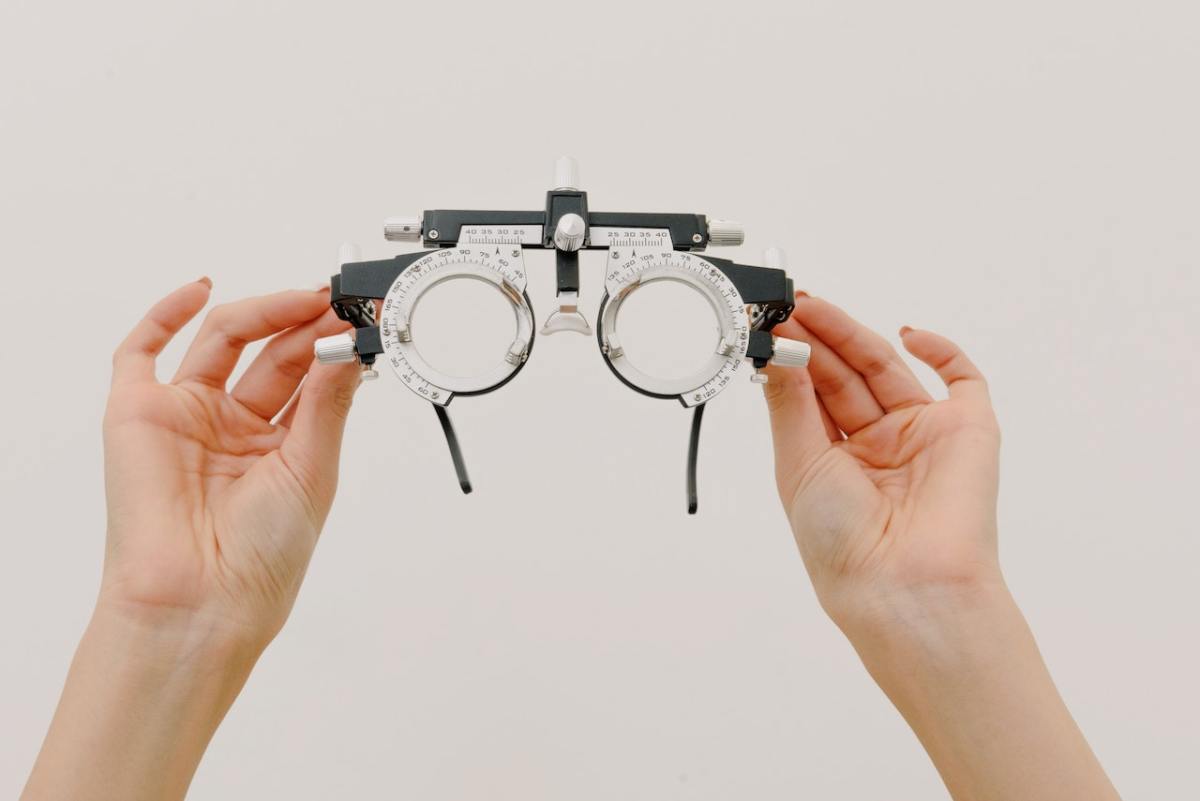Ophthalmology is one of the medical specialities with the greatest use of Artificial Intelligence, AI, and has been a pioneer in the use of this technology to detect, diagnose and treat eye pathologies of all kinds.
Artificial intelligence, technology based on Big Data
Automated algorithms use and analyse an enormous amount of data, which is the main advantage of their use in ophthalmology. Some of the most advanced systems, which have been developed with this technology, achieve a success rate of close to 90%, making them a great support for the work of experts.
One person alone would be unable to analyse these huge amounts of information, as diagnoses are obtained from thousands of medical and biological data, these tools also allow the creation of guidelines on these pathologies.
Some studies already suggest that the application of Artificial Intelligence-based technology in ophthalmology will be the key to the future of this medical speciality, as it enables early diagnosis of diseases and the design of personalised treatments. Previously, medical diagnoses and indications were generated by image recognition, a more laborious procedure.
However, research is continuing to make this technology even more reliable, allowing ophthalmologists and patients to have complete confidence in this tool.
Is early detection of eye diseases possible?
Artificial Intelligence allows to analyse and improve the study of data on medical diseases that affect millions of people. Undoubtedly, a revolution in various specialities such as ophthalmology, dermatology and radiology.
The use of Artificial Intelligence systems in ophthalmology helps to store thousands of images of the eye and, based on an algorithm, segment the images corresponding to a healthy and a pathological eye. Also, when a photo of a patient’s eye is entered, the system is able to instantly indicate if there is an eye problem.
These systems are also used to diagnose patients at risk of cardiovascular disease using their retinal photo. Similarly, it is used for the diagnosis of diabetic retinopathy or macular degeneration. Early detection by AI can be vital in slowing down the progression of these pathologies.
Technology to monitor eye diseases
Diabetic retinopathy (DR) has been one of the first points of application of AI in optometry. In 2018, the United States Food and Drug Administration (FDA) approved the application of an autonomous algorithm to analyse this eye condition. Initially, this was a fully automated technology, involving the use of robots, and further research in this field developed from there.
The aim of this development is to be able to identify and monitor eye diseases preclinically. Moreover, with these advances, ophthalmologists are able to perform their work more extensively in neurological and systemic diseases.
Such automated solutions are also a great opportunity for doctors, as they increase their scope of action. With the implementation of stand-alone software, ophthalmologists can achieve an improvement in their workflow, allowing them to care for and assist their patients more closely.
Real-world applications of Artificial Intelligence in ophthalmology
Currently, fundus imaging can be used in the detection, diagnosis and treatment of conditions such as myopia, glaucoma, diabetic macular oedema, and others.
It is estimated that 5.3 million people in Spain suffer from type 2 diabetes (data provided by the Spanish Diabetes Federation). DR is the leading cause of visual impairment and blindness among these patients.
In this context, the application of algorithms can improve the detection and monitoring of thousands of diagnoses, as it is only necessary to obtain an internal image of the organ with a retinal camera and upload it to the cloud. AI accesses these data-transformed images for analysis. In a few minutes, both patient and doctor can tell whether it is DR or another type of ailment. More than seven automated systems already exist and are producing good results.
For example, in the case of diabetic eye disease (EOD), these tools can treat diabetic eye disease. The most common type of diabetic eye disease is diabetic retinopathy (DR), along with diabetic macular oedema (DMO), both of which can lead to vision loss.
Studies of cataract surgery have also been carried out using this technology. Aazim A. Siddiqu, an ophthalmologist-in-residence at Albert Einstein College of Medicine, New York, published a report on the use of AI in cataract, refractive and corneal surgery, in Current Opinion in Ophthalmology. He said that 30 out of every 100 patients are not satisfied with the treatment of their condition, as they eventually need a second intervention. For this reason, this technology is seen as an improvement on this medical gap, as it allows the design of personalised examinations and improves detection, thus saving patients’ vision. It also achieves efficient results by avoiding future interventions.
The same is true for applications in ocular glaucoma. There are multiple types of artificial intelligence, the most prominent of which include assistance. This model works for these pathologies, as it allows ophthalmologists to make accurate and higher quality diagnoses based on available photographic collections of the condition.
Artificial Intelligence is no substitute for ophthalmologists
Technological advances will not replace specialists. Research has focused on pitting intelligent systems against human specialists – a misguided view, as technology only assists doctors, not replaces them,
A study by the American Academy of Ophthalmology in the journal Ophthalmology pointed out the important role of practitioners in achieving cohesion between doctor and technology. Specifically, the research was based on cases of diabetic retinopathy, and the results found that the doctor-AI team is more effective than work that struggles to separate the two.







